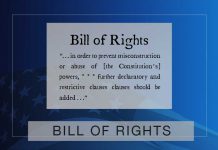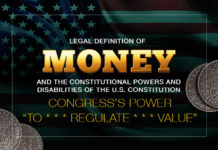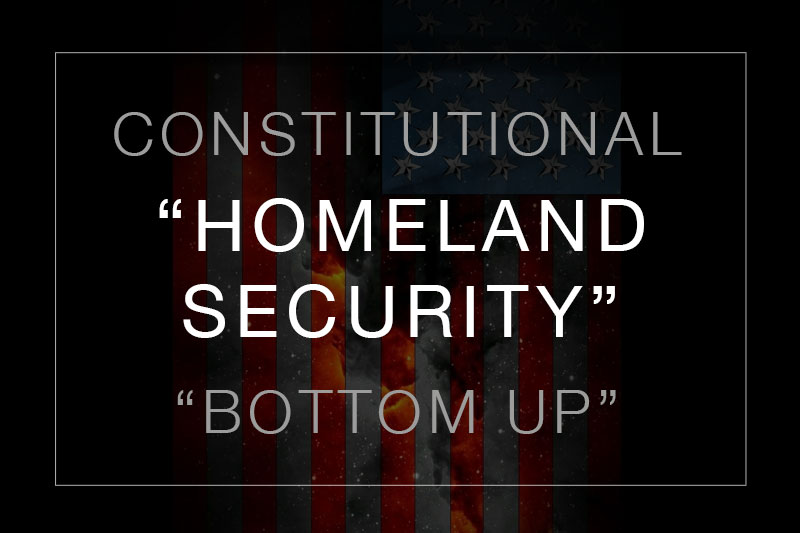Last Updated on March 8, 2023 by Constitutional Militia
“Original Intent” or “Original Meaning”
“[W]hile [the Constitution] remains unaltered, it must be construed now as it was understood at the time of its adoption. It is not only the same in words, but the same in meaning, and delegates the same powers to the government, and reserves and secures the same rights and privileges to the citizen; as long as it continues to exist in its present form, it speaks not only in the same words, but with the same meaning and intent with which it spoke when it came from the hands of its framers, and was voted on and adopted by the people of the United States. And any other rule of construction would abrogate the traditional character of [the Supreme Court], and make it the mere reflex of the popular opinion or passion of the day.”[1] For, “[i]f . . . We are at liberty to give old words new meanings . . . there is no power which may not . . . be conferred upon the general government”[2]
Constitution: Rule of Legal Construction: “Original Intent” or “Original Meaning”.
Contrary to the present day fetish among the legal intelligentsia, “judicial supremacy” through “judicial review”—the notion that courts, and particularly the Supreme Court of the United States, are the ultimate and unreviewable interpreters of the Constitution—is a delusion. The undeniable historical and legal realities are that WE THE PEOPLE, not “we the judges,” enacted the Constitution, and that “[t]he power to enact carries with it final authority to declare the meaning of the legislation.”[3] At the time the Constitution was ratified, Blackstone’s Commentaries on the Laws of England[4] “had been published about 20 years, and it has been said that more copies of the work had been sold in this country that in England, so that undoubtedly the framers of the Constitution were familiar with it.”[5] Blackstone taught that “the law, in the opinion of the judge are not always convertible in terms or one and the same thing; since it sometimes may happen that the judge may mistake the law”—and that, “whenever a question arises between the society at large and any magistrate vested with powers originally delegated by that society, it must be decided by the voice of the society at large and any magistrate vested with powers originally delegated by that society, it must be decided by the voice of the society itself: there is not upon earth any other tribunal to resort to.”[6] This gives no credence, let alone comfort, to the idea that WE THE PEOPLE in the late 1700s could have believed on any plausible legal ground that Justices of the Supreme Court would be infallible expositors of constitutional law, or that their pronouncements, no matter how erroneous or even fraudulent, would bind WE THE PEOPLE themselves, and be capable of being overridden only by amendment of the Constitution. And the actual history of “judicial review” (or perhaps more accurately put, the absence of any such history) in America during that era proves the point beyond cavil.[7]





























